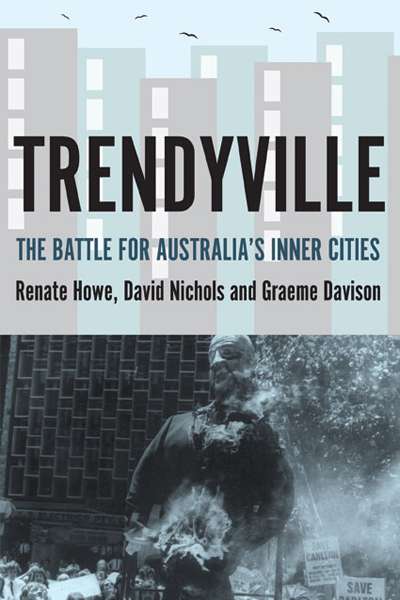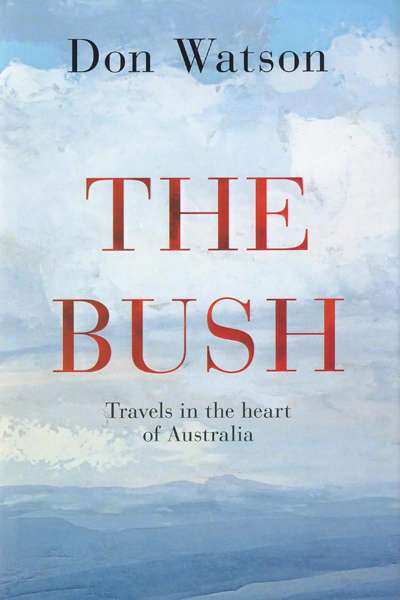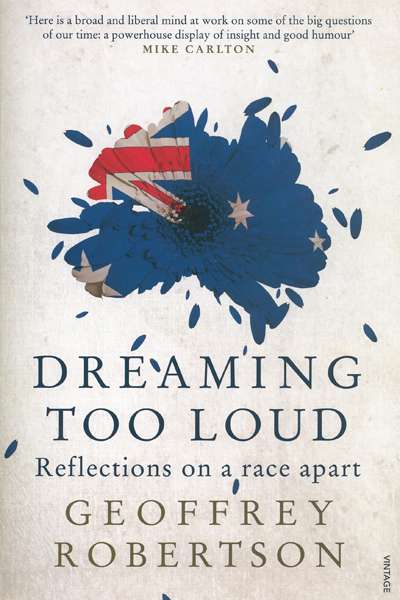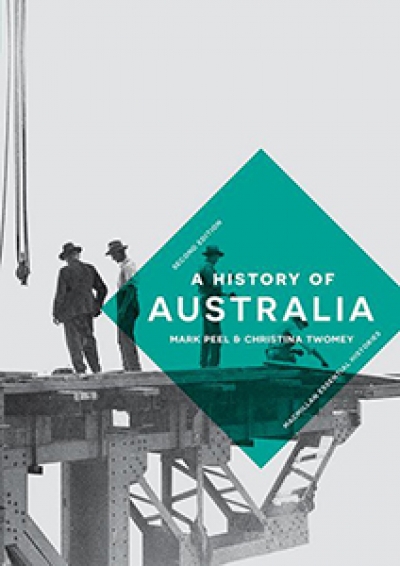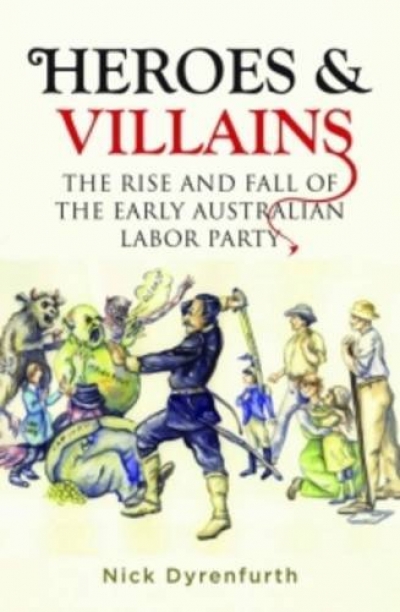Frank Bongiorno
Trendyville: The Battle for Australia's inner cities by Renate Howe, David Nichols, and Graeme Davison
by Frank Bongiorno •
The Bush: Travels in the heart of Australia by Don Watson
by Frank Bongiorno •
Dreaming Too Loud: Reflections on a Race Apart by Geoffrey Robertson
by Frank Bongiorno •
Dancing with Empty Pockets: Australia's Bohemians since 1860 by Tony Moore
by Frank Bongiorno •
The Sex Lives of Australians: A History by Frank Bongiorno
by Dennis Altman •
Heroes & Villains by Nick Dyrenfurth & A Little History of the Australian Labor Party by Nick Dyrenfurth and Frank Bongiorno
by Stuart Macintyre •
The Rush that Never Ended by Geoffrey Blainey & The Fuss that Never Ended edited by Deborah Gare et al.
by Frank Bongiorno •

